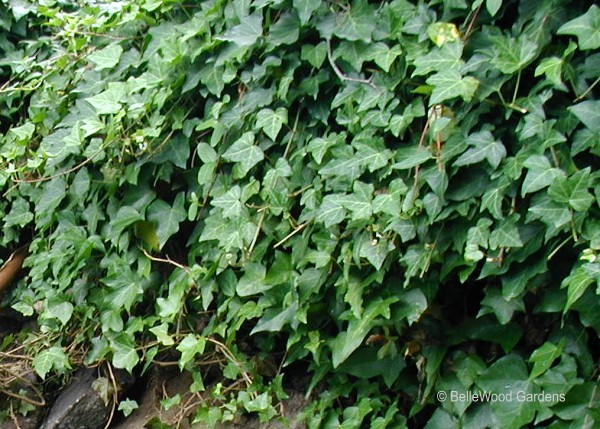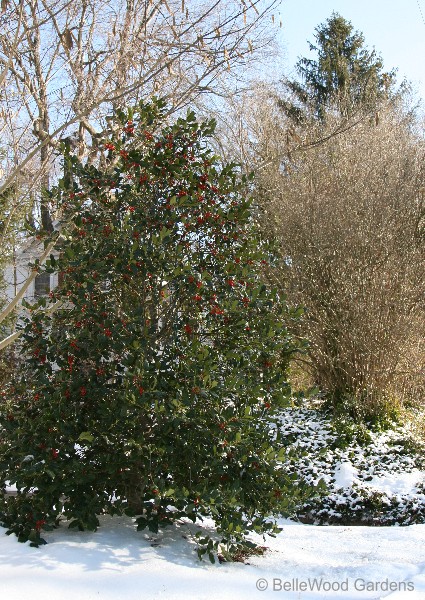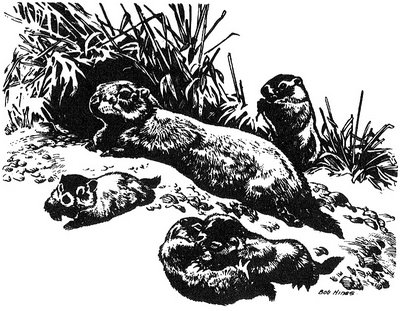
Tuesday, 16 December 2008
Holly and the Ivy

Think of Christmas greens today, and it's pine roping or balsam and fraser fir evergreens trees that come to mind. Go back a few centuries to the fifteenth and sixteenth centuries, and it would be the more humble holly and ivy that were the mainstays of Christmas decoration for church use. Described in churchwarden accounts, that was a borrowing from even earlier, pre-Christian celebrations of the winter solstice. Holly, ivy and other greenery such as mistletoe were originally used in festival to ward off evil spirits and celebrate new growth. Holly was thought to be a male plant and Ivy a female plant. An old tradition from the Midlands of England says that whichever one was brought into the house first would show whether the man or woman of the house would rule for that year.
When Christianity came to Western Europe, these old customs were denigrated. Since people wanted to keep the greenery, both the holly and ivy were given Christian meanings. But it was considered unlucky to bring either into a house before Christmas Eve. Ivy, which must cling to something to support itself as it grows as said to remind Christians to cling to God for support in their lives. In Germany, ivy is traditionally displayed only outdoors.
Holly's prickle-y evergreen leaves are symbolise Christ's crown of thorns of Christ, and the vivid red berries signified his drops of blood. In Britain during the time of Oliver Cromwell, the Puritans banned Christmas. Country folk would work around this, and as a symbol of Christmas tie up rough bunches of 'holy' boughs of evergreens. It was the evergreen bough that was brought indoors rather than the Christmas tree made popular by Prince Albert in the 1840s.

Holly stands in the hall, fair to behold:
Ivy stands without the door, she is full sore a cold.
Chorus:
Nay, ivy, nay, it shall not be I wis;
Let holly have the mastery, as the manner is.
Holly and his merry men, they dance and they sing,
Ivy and her maidens, they weep and they wring.
Ivy hath chapped fingers, she caught them from the cold,
So might they all have, aye, that with ivy hold.
Holly hath berries red as any rose,
The forester, the hunter, keep them from the does.
Ivy hath berries black as any sloe;
There come the owl and eat him as she go.
Holly hath birds a fair full flock,
The nightingale, the popinjay, the gentle laverock.
Good ivy, what birds hast thou?
None but the owlet that cries how, how.

If greenery came indoors on December 24th, when would it be taken down? Traditionally, that would be on January 6th, Epiphany or 12th Night. During the Middle Ages, greenery was often left hanging up until Candlemas Day, also know as Feast of the Purification of the Virgin, in early February. In the United States and Canada February 2nd is also known as Groundhog Day.
As the light grows longer
The cold grows stronger
If Candlemas be fair and bright
Winter will have another flight
If Candlemas be cloud and snow
Winter will be gone and not come again
A farmer should on Candlemas day
Have half his corn and half his hay
On Candlemas day if thorns hang a drop
You can be sure of a good pea crop

image courtesy of US Fish and Wildlife Service